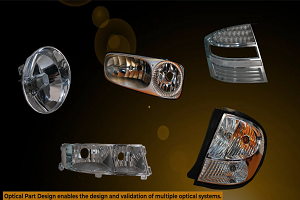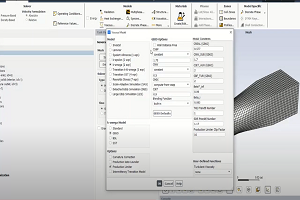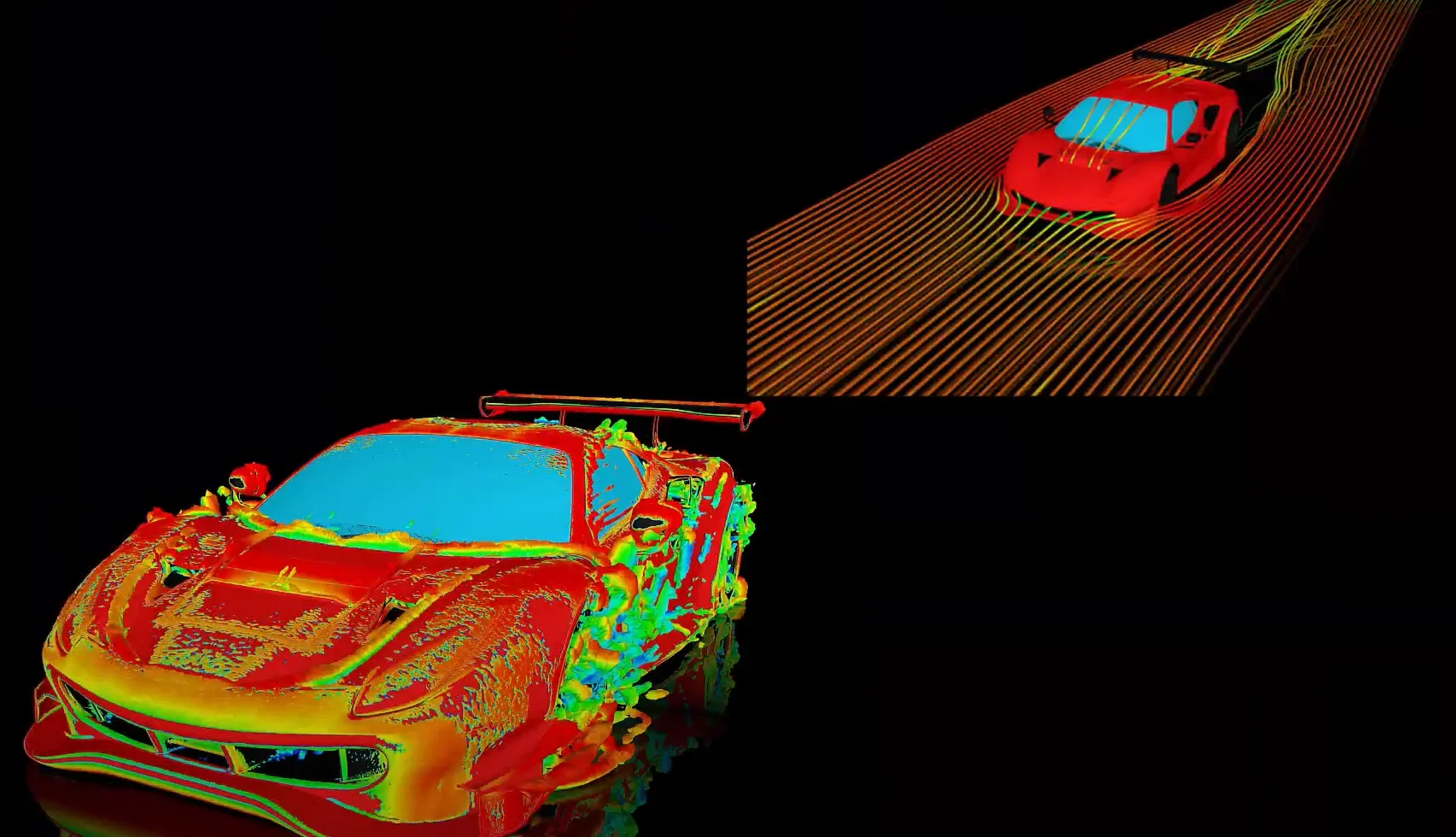Why does the “Shielding function for SBES” differ from the “Blending Function for DES model” using the SBES model
Tagged: 18.1, cfx, DES, fluid-dynamics, LES/DES/SAS, SBES, shielding function, turbulence
-
-
June 5, 2023 at 7:05 am
 FAQParticipant
FAQParticipantWhen running the SBES model, the “Shielding function for SBES” switches between the RANS (=1) and the LES (=0) region. The “Blending Function for DES model” does not enter into the turbulence model, but switches the numerical treatment from Upwind Biased (=1) to Central difference (=0). The name is historic – it should be called “Blending Function for Numerics”. The numerics blending is taken over from the DES model (CFX-Thoery documentation: 2.6.4 “Discretisation of the Advection Terms). A closer agreement of the numerics blending to the enhanced model blending of the SBES formulation can be enforced by changing the default value of the model parameter: C DES for k epsilon Regime = 0 (default is 0.61) RULES: SINGLETON: SBES COEFFICIENTS Solver Name = SBES Description = Controls blending between LES and RANS for SBES turbulence model. Optional Parameter List = C Shielded DES, Csdes, C DES for k omega Regime, C DES for k epsilon Regime END END FLOW: Flow Analysis DOMAIN: fluid FLUID MODELS: TURBULENCE MODEL: Option = SBES SST SBES COEFFICIENTS: C DES for k epsilon Regime = 0 END END END END END
-


Introducing Ansys Electronics Desktop on Ansys Cloud
The Watch & Learn video article provides an overview of cloud computing from Electronics Desktop and details the product licenses and subscriptions to ANSYS Cloud Service that are...

How to Create a Reflector for a Center High-Mounted Stop Lamp (CHMSL)
This video article demonstrates how to create a reflector for a center high-mounted stop lamp. Optical Part design in Ansys SPEOS enables the design and validation of multiple...

Introducing the GEKO Turbulence Model in Ansys Fluent
The GEKO (GEneralized K-Omega) turbulence model offers a flexible, robust, general-purpose approach to RANS turbulence modeling. Introducing 2 videos: Part 1 provides background information on the model and a...

Postprocessing on Ansys EnSight
This video demonstrates exporting data from Fluent in EnSight Case Gold format, and it reviews the basic postprocessing capabilities of EnSight.

- How to overcome the model information incompatible with incoming mesh error?
- Is there a way to get the volume of a register using expression ?
- Skewness in ANSYS Meshing
- What are the requirements for an axisymmetric analysis?
- What are pressure-based solver vs. density-based solver in FLUENT?
- How to create and execute a FLUENT journal file?
- How to get information about mesh cell count and cell types in Fluent?
- What is a .wbpz file and how can I use it?
- Fluent GPU Solver Hardware Buying Guide
- How can I Export and import boxes / Systems from one Workbench Project to another?

© 2025 Copyright ANSYS, Inc. All rights reserved.

